North Indian cuisine is known for its unique blend of spices and its enthusiasm to try different mixes of vegetables. North Indian cuisine makes use of various elements and brings them together to make even something as dislikable as bitter gourd taste yummy. The sheer amount of cooking techniques that make up North Indian cooking is mind-boggling.
One of the characteristics of North Indian cooking is that it’s a very healthy diet. It uses seasonal local produce to create nutritious and flavourful dishes all year round. Dairy products are used widely in the cuisine, bringing out a whole other dimension of flavour palette. People with all kinds of dietary restrictions can enjoy North Indian cuisine. There are vegetarian and vegan options and gluten and dairy-free food items in a regular North Indian restaurant off the road.
What makes North Indian cooking healthy?
North Indian cooking uses locally grown ingredients. Many households also have a lot of base ingredients growing in their homes, like – Indian basil, mint, curry leaves, etc. Most vegetables, fruits, grains, and legumes are locally sourced and therefore have good-quality nutrients. The fibre is intact in such ingredients and is ideal for maintaining quality health.
North Indian cuisine is unrecognisable without spices. Turmeric, cumin, coriander, cinnamon, etc., combine to create the most fragrant dishes. These spices alone have many health benefits – they have anti-inflammatory properties and are packed with antioxidants.
There are many cooking techniques used in North Indian cooking that help retain the nutritional value of food while also helping the body to better absorb nutrients. Tandoor cooking, steaming, pickles, slow cooking, etc, are some of the traditional cooking methods that are healthy and preserve the food’s nutrients.
Tricks to adopt for health benefits: Inspired by healthy north Indian cooking
- Use small quantities of pickles in your meals to have a healthy dose of turmeric, antioxidant-rich spices and acidic food to maintain the balance in your intestinal tract.
- Use low-fat yoghurt to replace cream: yoghurt is a good source of protein and calcium. It is often used instead of cream in North Indian dishes – in curries, gravies, and to marinate. It replaces the unhealthy fat in cream and gives the body the probiotics it could benefit from.
- Use lean meats – Use lean meats such as chicken or fish to balance the fat ratio. However, meats like pork can cool the body.
- Adding more vegetables to your meal – North Indian food is often served with cut onions – these help with digestion and regulate acidity. Vegetables like carrots and cucumber are also served before the meal – this helps the body get enough fibre before the meal, which aids digestion. The cuisine also has many vegetables-centred dishes, which also take up more room in the North Indian thali – the balance in the diet is maintained with the sabzis – dishes made from vegetables.
- Limit the use of oil: North Indian cooking often substitutes oil with ghee – it’s easy to burn and digest. While cooking with oil, you can use healthy seed oils and avoid deep frying food, as most of the nutrients are lost in the process.
- Eat in moderation: eating a small portion of salad before the meal helps with this. Eating in moderation is key to a fulfilling diet. Don’t stuff yourself with food – leave room for digestion.
- Include different elements into your meal – have rice, roti, vegetables, legumes, curd, etc. While you don’t need to include these specific food items, adding different elements to achieve a balanced meal is beneficial.
Healthy North Indian dishes
Here are some dishes that are nutritious because of healthy North Indian cooking.
- Lentil soup/dal: here is a hearty dish made with a selection of lentils, vegetables and spices. Lentil soup has protein, fibre and iron.
- Raita: the raita is curd mixed with vegetables like cucumber, carrot, salt and pepper, or even chaat masala. It’s got probiotics that are helpful for your body.
- Sabzi: this is an umbrella term to describe any dry preparation of vegetables. They’re served on the side with Indian bread or rice. Sabzis are never compromised in a North Indian meal.
- Biryani: A biryani includes meat, vegetables and spices. This meal has a perfect balance of carbs, protein, fibre, healthy fats and antioxidants.
- Khichdi: khichdi is often had when one is sick; however, it’s a wholesome meal that energises you immediately. A combination of lentils, vegetables and a simple mix of spices will leave your stomach feeling full and nourished.
Final thoughts
Healthy North Indian cooking can help people lead a healthy and sustainable lifestyle. One can make use of readily available ingredients and base their meal plans with ingredients that are nutritious and over the counter. North Indian cooking is easy and has simple rules that can be followed easily. Start your journey into a healthier lifestyle with north Indian cuisine.
Also read – 4 Remarkable Health Benefits of Embracing Vegan Cuisine
A food enthusiast and a blogger – someone who likes to eat and write about it. I’m passionate about exploring different cuisines and challenging my palette. I give into my food craving regularly and am often on the hunt to find my new favorite food place in town.

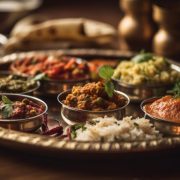
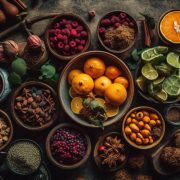





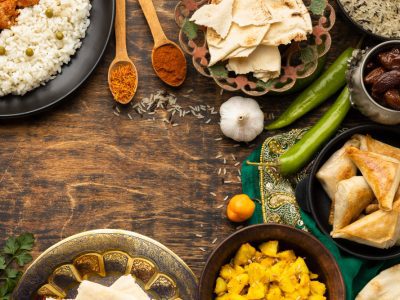

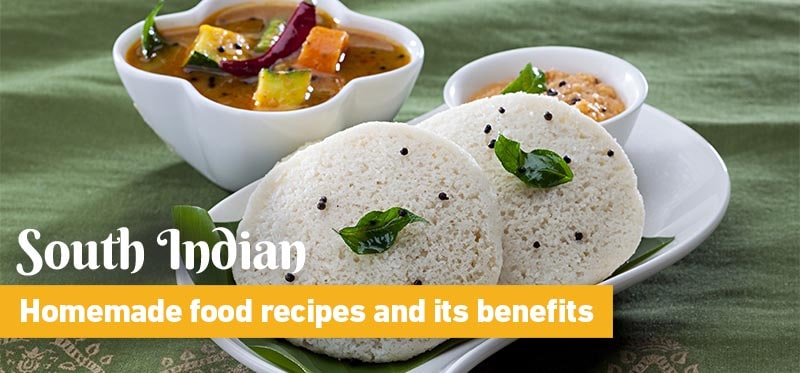
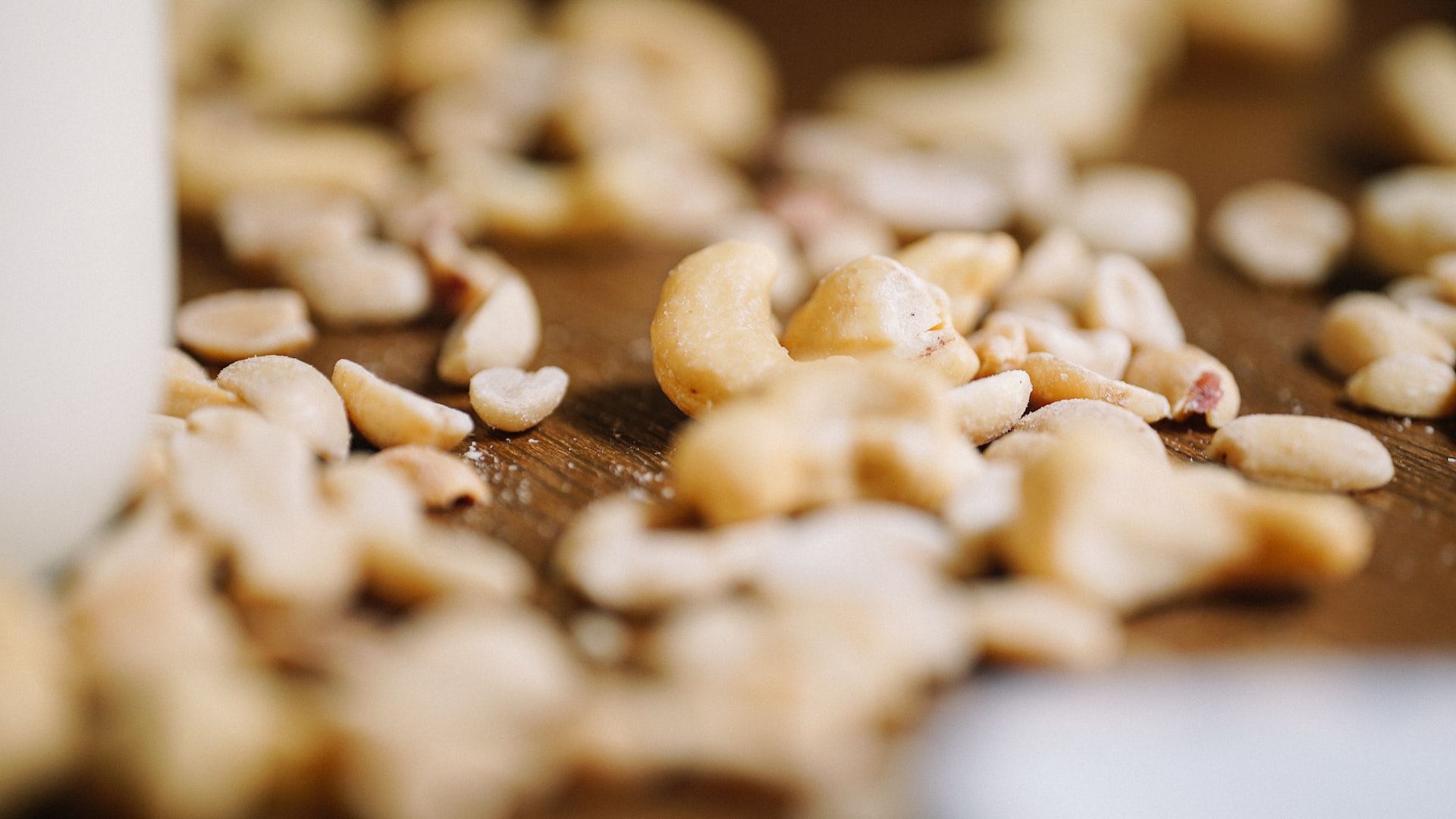
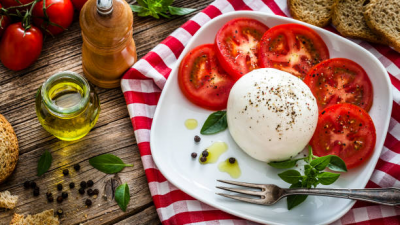

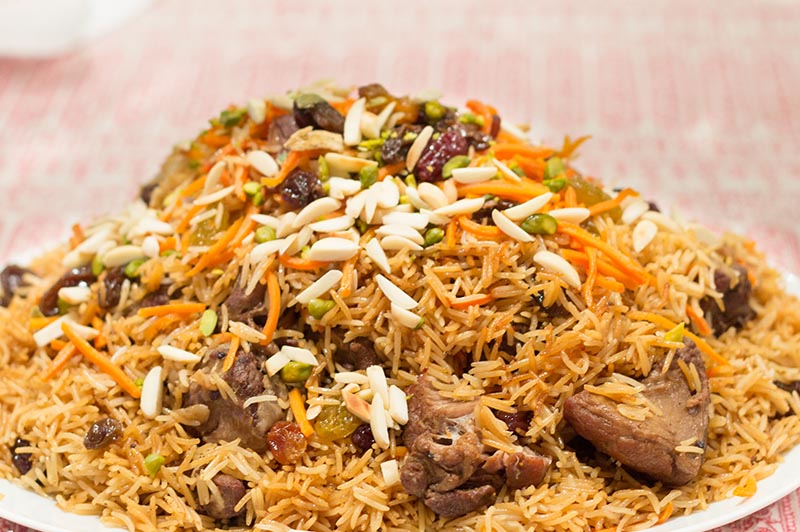


[…] Also read- Start a sustainable diet with Healthy North Indian cooking […]